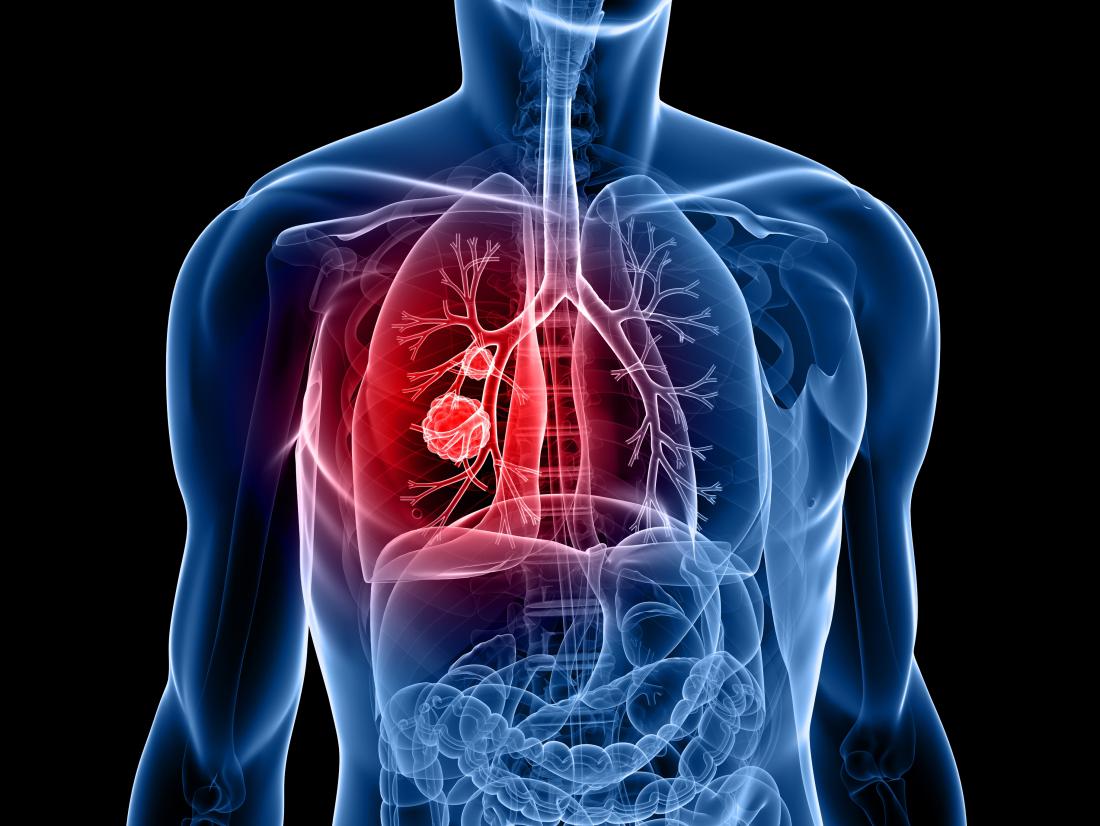
Lung cancer in never smokers (LCINS) differs from lung cancer in ever smokers in terms of epidemiology, clinicopathology, and molecular features. Compared to lung cancer in ever-smokers, LCINS is more common in women, people of East Asian heritage, and younger age groups. Its major histological subtype is adenocarcinoma.
In accordance with IARC classifications, household biomass fuel (such as wood and charcoal) was categorised as a Group 2A agent. Group 1 carcinogens for lung cancer among humans include indoor emissions from household coal combustion, particulate matter (PM) from outdoor air pollution, and diesel in engine exhaust. A complex and heterogeneous collection of inorganic, organic, and biological substances, such as dust, filth, droplets, soot, PAHs, aromatic amines, bacterial products (endotoxins), and fungus, make up particulate matter (PM). According to aerodynamic diameter, it is divided into three categories: coarse (2.5–10 m, PM 10), fine (0.1–2.5 m, PM 2.5), and ultrafine (0.1 m, PM 1), and typically results from a variety of human activities. An indication of the amount of anthropogenic pollutants in ambient or outdoor air pollution, PM 2.5 has been widely employed by monitoring networks. Smaller PMs are more harmful to human health.
Each 10 g/m3 rise in PM 2.5 concentration was related to a 15%–27% increase in lung cancer mortality, according to an analysis of 1,100 lung cancer deaths among 188,699 lifelong never smokers in the large cohort Cancer Prevention Study–II of the American Cancer Society.
Exposure to PM 2.5 has been linked to higher levels of DNA adducts, which were previously formed by tobacco smoke. This finding suggests that exposure to air pollution may have a variety of effects at the cellular level, including inflammation, DNA damage, and genomic instability, all of which may contribute to the development of cancer. Additionally, polycyclic aromatic hydrocarbons (PAHs), which are chemical substances characterised by the existence of numerous aromatic rings with just carbon and hydrogen, are present in significant amounts in PM 2.5 particles. These substances have the ability to activate DNA covalently, forming stable or depurinating adducts that cause oxidative damage. Lung cancer has been linked to exposure to PAHs through a number of different pathways in the body. Benzo[a]pyrene (B[a]P), the most researched PAH, provides more than 50% of the overall carcinogenic potential, is frequently employed as a marker of PAH exposure, and was identified by the IARC in 2010 as a Group 1 carcinogen.
The long-held belief that two mutations in the tumour suppressor gene are necessary for the formation of a tumour. Persons who already have a familial mutation only need one additional mutation to grow tumours, whereas people who develop sporadic cancer need two mutations to do so, which is why they develop tumours later in life.
In the current study, animals with EGFR mutations who were exposed to PM 2.5 developed lung cancer at a higher rate than those with mutations who were not. Airway cells with mutations in the lung cancer-related genes EGFR and KRAS underwent fast alterations, resembling cancer stem cells, as a result of PM2.5. It was also shown that exposure to PM2.5 causes an influx of macrophages to release the inflammatory mediator interleukin-1, causing the proliferation of cells with EGFR mutations, and that interleukin-1 inhibition prevented the development of lung cancer. These results were in line with information from an earlier significant clinical trial that demonstrated a dose-dependent decrease in lung cancer incidence when participants received treatment.
The two hit theory put forth by Knudson to describe how cancer forms is adequately explained by the current study. The two-hit concept, also known as the Knudson hypothesis, proposes that the majority of tumour suppressor genes need both alleles to be rendered inactive in order to result in phenotypic change, either through mutation or epigenetic silencing. Alfred G. Knudson developed it originally.
Prof Dr Somashekhar S.P., Global Director – AIIO – GCC & India, Lead Consultant – Surgical & Gynaecological Oncology & Robotic Surgeon, Aster CMI Hospital, Bangalore.















